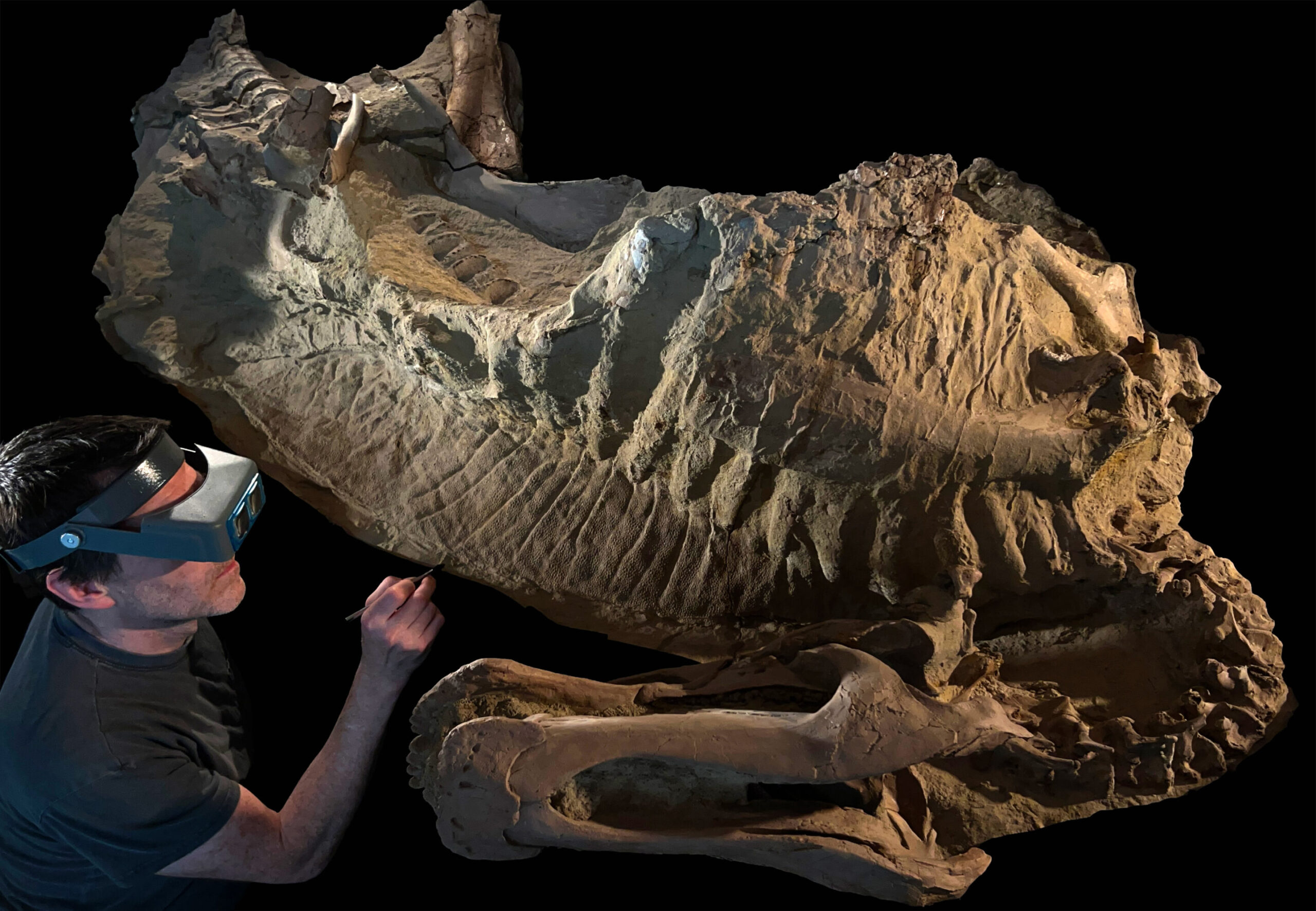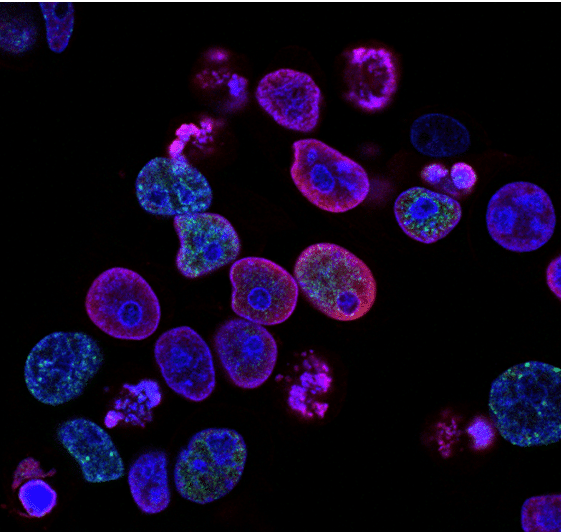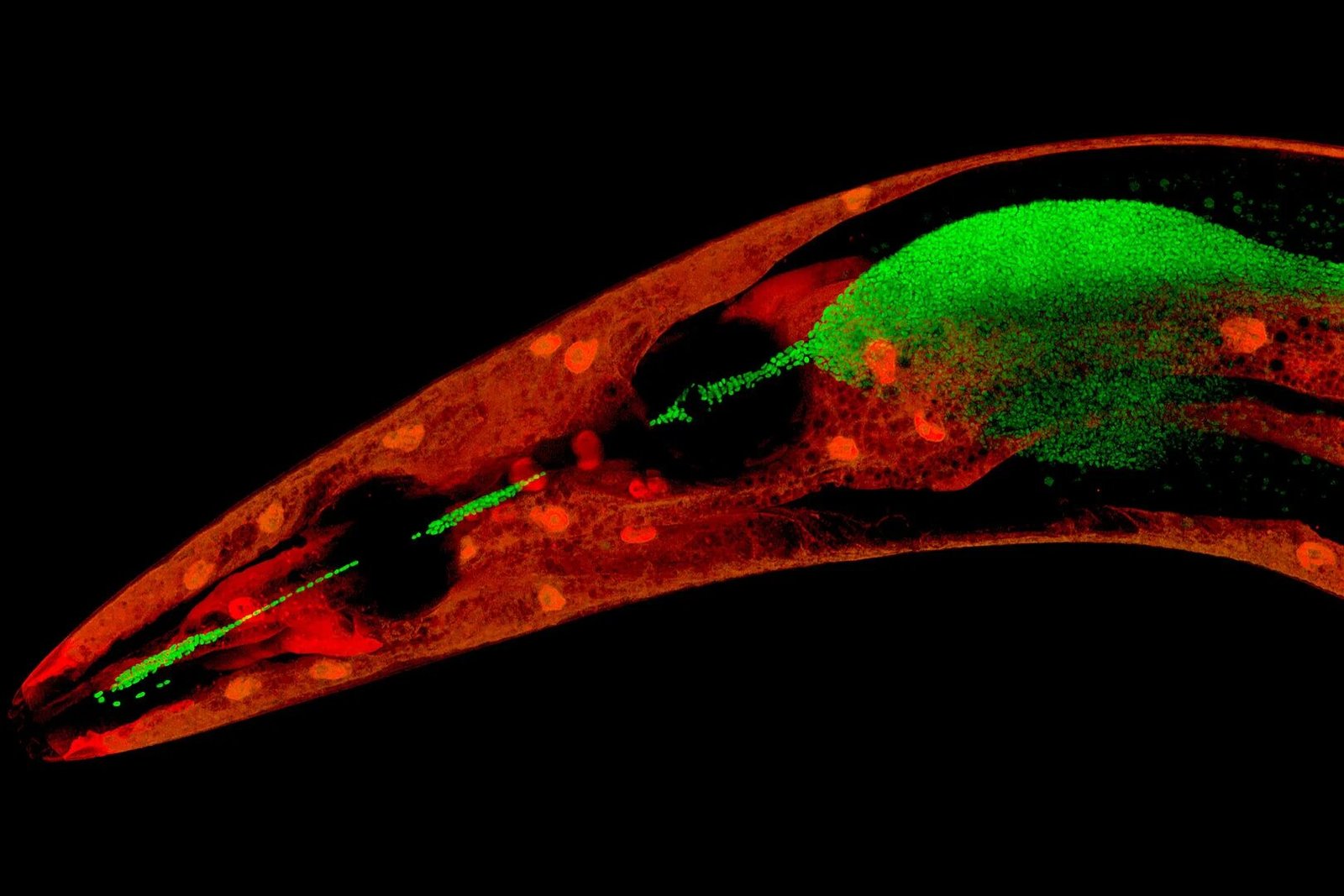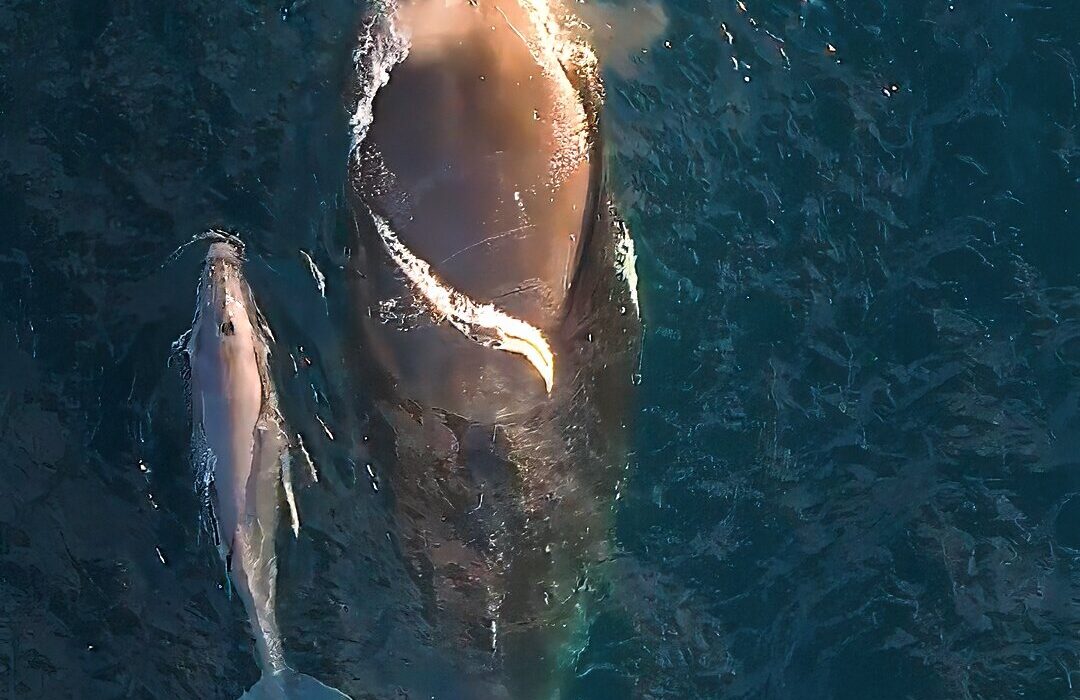Sixty-six million years ago, in the waning days before an asteroid erased the dinosaurs, a duck-billed giant died beside a river in what is now Wyoming. Its flesh dried under the sun. Then a flood buried it in wet sediment. Time should have erased everything—skin, muscle, shape, story. Instead, it performed a miracle.
In a study published in Science, researchers from the University of Chicago describe how a thin, invisible film of clay—no thicker than a page of paper—acted as a template of the animal’s flesh, preserving fine surface details of scales, hooves, crests, and wrinkles long after the body decayed. The result is not a fossil in the ordinary sense, but a “dinosaur mummy”: a full-scale, three-dimensional record of how a large dinosaur looked in life, captured with eerie fidelity.
For the first time in history, scientists can reconstruct not merely the skeleton of Edmontosaurus annectens, but its true outer form: the curve of its neck, the texture of its skin, the spikes along its tail, and even the shape of its hooves pressing into soft mud.
“It’s the first time we’ve had a complete, fleshed-out view of a large dinosaur that we can really feel confident about,” said senior author Paul Sereno. That confidence rests on a combination of geological accident and forensic science—an ancient disaster and a modern resurrection.
The “Mummy Zone” Where Time Got Stuck
To tell the full story, Sereno’s team retraced the footsteps of fossil hunters from a century ago. Using old field notes and photographs, they located the exact hillsides in east-central Wyoming where early “mummy” reports had come from. There, in stacked river sands, they identified a compact stretch of terrain that had repeatedly entombed dinosaur carcasses under the right conditions to preserve their outer surfaces.
This narrow corridor became known as a mummy zone—a geological trap that captured not just bones but skin-shadows.
Two new mummies were excavated: a late juvenile and an early adult Edmontosaurus. Both preserved continuous external surfaces, not in flesh, but in something far stranger—a sub-millimeter clay film that recorded the last shape of the animal before time erased everything else.
Clay as a Ghost Mask
These dinosaurs were not mummified the way humans prepare bodies with resins or wrappings. No tissue survives. Instead, nature left a mask: an ultra-thin shell of clay adhering to the exterior of the carcass.
Sereno calls it clay templating. After death, microbes formed a biofilm on the skin. When a flash flood buried the carcass in wet sediment, electrically charged interactions between that biofilm and the suspended clay pulled particles toward the body. The clay “froze” onto the flesh as a uniform veneer. Then, as centuries passed, the organic body disappeared—but the clay film stayed, hugging the skeleton like a vanished body’s footprint.
It is impossible to exaggerate how unlikely this is. A breeze could have destroyed it. Geological pressure could have crushed it. And yet it remained—thin as dust, durable as time, waiting for someone with enough patience to uncover it grain by grain.
Reawakening the Frozen Anatomy
Exposing a layer that fine required exquisite preparation under a microscope. Fossil Lab manager Tyler Keillor led the slow reveal: removing rock without disturbing the paper-thin memory of skin. Once exposed, the surfaces were scanned and imaged using CT, spectroscopy, thin sections, and digital modeling. Every groove and wrinkle became data.
Then the team compared this preserved anatomy with fossilized footprints from the same strata. The match was breathtaking. The shape of the feet preserved on the clay matched the impressions recorded in ancient mud. The animal’s foot could be digitally “inserted” into the track it left 66 million years ago, like a key returning to its lock.
For the first time, paleontology crossed the gap between body and behavior: between form and the mark that form leaves when it walked.
A Dinosaur in Flesh, Not Just in Bone
The reconstructed Edmontosaurus profile is startlingly vivid.
From neck to trunk, a fleshy crest ran down the midline, transitioning behind the hips into a chain of individual spikes along the tail—each spike perched over a single vertebra like armor grown from symmetry. The body was wrapped in tiny, pebble-like scales, most only millimeters wide, almost shockingly small for an animal longer than a bus. Across the ribs, the preserved clay wrinkles reveal that the skin lay thin, not thick and elephant-like as once imagined.
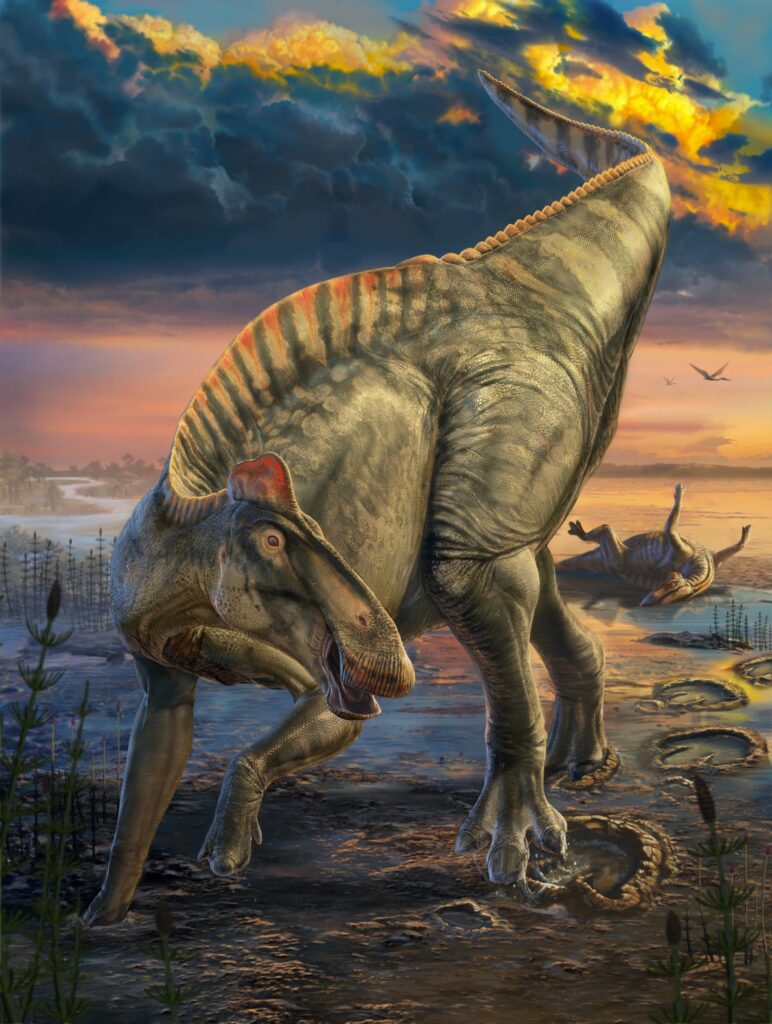
And then came the surprise that may rewrite textbooks: hooves.
At the tips of the three hind toes, a wedge-shaped hoof encased each digit, flat-bottomed like that of a horse. Using CT scans and footprint data, the team reconstructed exactly how those hooves sat inside the trackway. This is the first confirmed case of hooves in any reptile, and the earliest known hooves in any land vertebrate, challenging long-held assumptions about dinosaur locomotion.
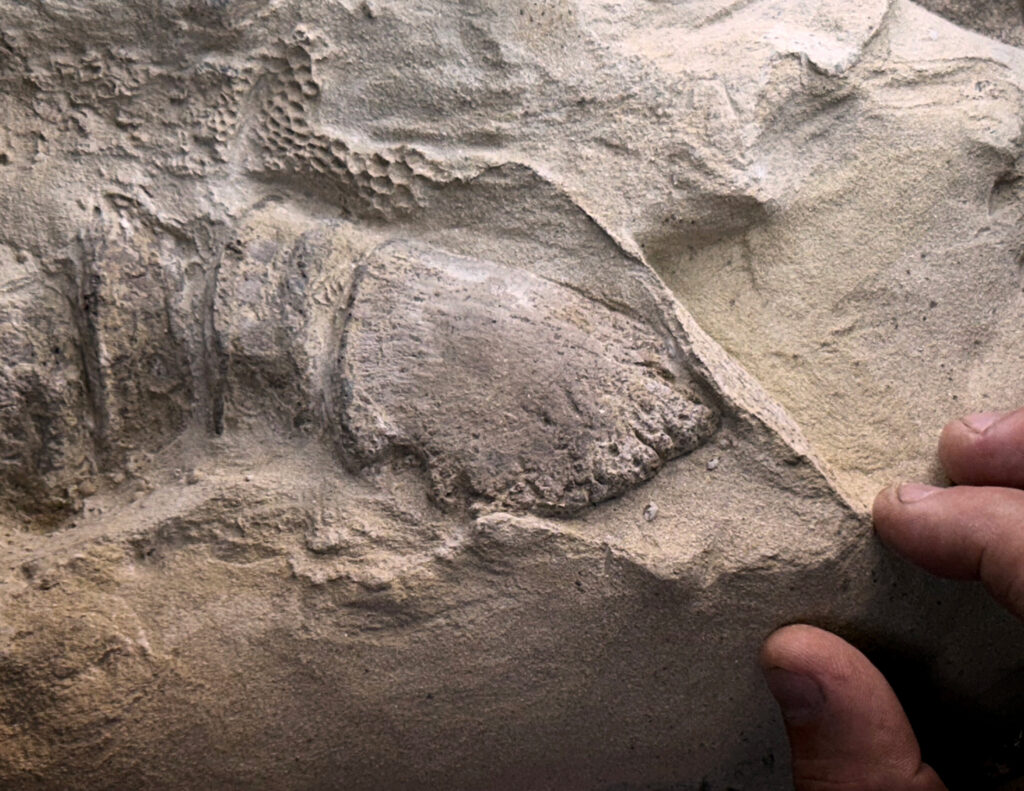
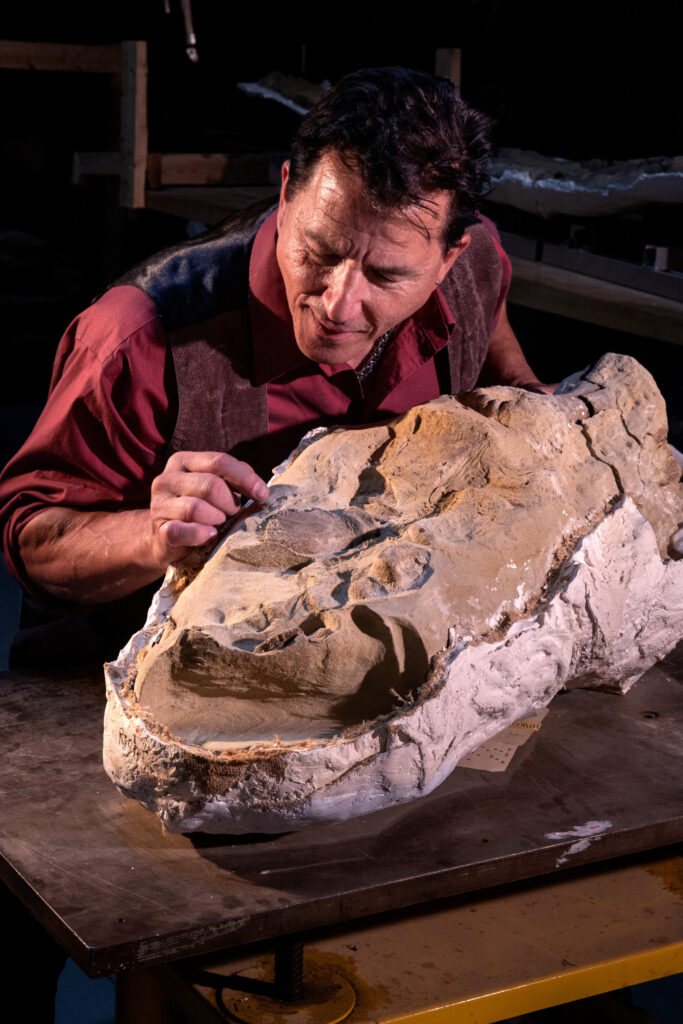
Not Just a Discovery — A New Method
Beyond the immediate revelations of spikes, crests, and hooves, the study provides something every future paleontologist can use: a process. The team has articulated not just what was found, but how such preservation happens, how to recognize it, and how to prepare, image, interpret, and digitally rebuild it without losing the signal.
It is a recipe for finding more mummies, and a map for turning them into anatomical truth rather than speculation. Their approach turns fossils from silent bones into once-living bodies.
A Window That Opens Once
What makes this story emotionally powerful is not only what was discovered, but the fragility of the chance that preserved it. Had the carcass dried a little slower, had the flood come a little later, had the clay charge balanced differently, had a nearby animal disturbed the body, had the sediment compressed differently—nothing would remain. No crest. No spikes. No hooves. No record.
Instead, against probability, the shape of an animal that lived before humans existed was recorded and stored with microscopic precision, waiting for our species to appear, evolve eyes, evolve curiosity, invent geology, invent imaging, and finally return to it.
In the words of Sereno, the paper is “a tour de force”—not because it closes a chapter, but because it opens one. It reveals that the dinosaurs we know are not skeletal ghosts but animals with flesh, surface, posture, texture—animals whose outer selves can, under rare circumstances, outlive extinction.
The badlands of Wyoming may hold more such forms. Each may carry another first: another feature that rewrites how dinosaurs looked, moved, or lived. We may yet see the faces of vanished worlds—not from imagination, but from the earth itself.
Sixty-six million years after their death, the duck-billed dinosaurs speak again—not in bone, but in skin.
More information: Paul C. Sereno, Duck-billed dinosaur fleshy midline and hooves reveal terrestrial clay-template “mummification”, Science (2025). DOI: 10.1126/science.adw3536. www.science.org/doi/10.1126/science.adw3536
